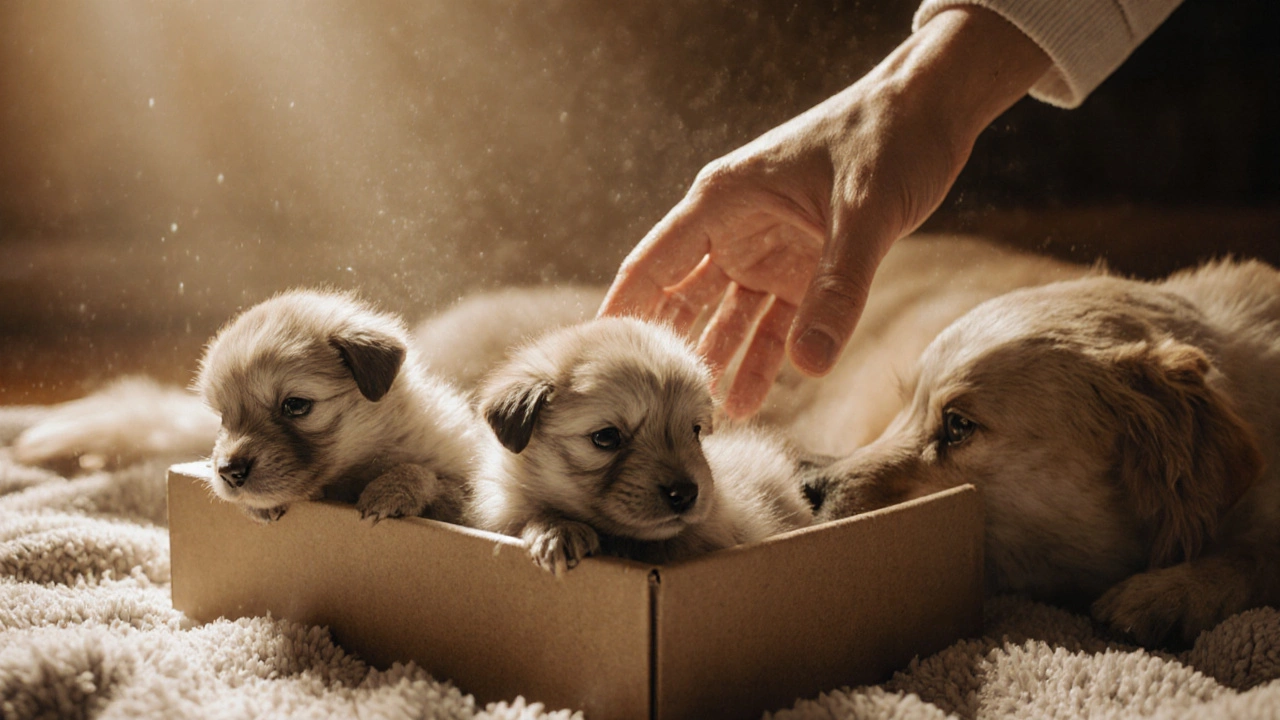Puppy Socialization: Building Confidence from Day One
When working with puppy socialization, the process of exposing a young dog to new people, sounds, surfaces, and environments in a positive way. Also known as early social exposure, it helps prevent fear‑based aggression and builds a calm, curious temperament. Puppy socialization is a core part of puppy training, teaching basic commands, manners, and impulse control and works hand‑in‑hand with crate training, teaching a safe, den‑like space for rest and recovery. Together they create a foundation where the pup learns to feel secure, explore safely, and respond reliably. The three main semantic connections are: puppy socialization includes exposure to diverse stimuli; it requires positive reinforcement from the owner; and it influences long‑term behavior and health. Below you’ll see why plugging in these concepts early makes a big difference, especially when you pair them with the right chew toys and house‑breaking routines.
Why Early Exposure, Proper Chews, and Consistent Routines Matter
One of the biggest pitfalls new owners face is waiting too long to introduce a puppy to the world. By eight weeks, the critical socialization window starts to close, so you’ll want to line up short, happy experiences at the park, on the sidewalk, and at a friend’s house. Pair those outings with safe chew options—think soft rubber toys or vet‑approved teething rings—because a satisfied mouth is less likely to turn to destructive behavior later. This links directly to the entity puppy chew safety, choosing age‑appropriate, non‑toxic toys that support teething and dental health. When a pup can gnaw safely, stress levels drop, making social encounters smoother. Meanwhile, consistent house‑breaking schedules reinforce the idea that the home is a clean, predictable zone, which reduces anxiety during new outings. Think of it like a three‑part puzzle: social outings build confidence, safe chews keep mouths busy, and regular potty breaks anchor the day. Mastering this trio often means fewer "I‑don’t‑like‑that" moments at the vet or park.
All the posts you’ll find below dive deeper into each piece of the puzzle. From a step‑by‑step potty‑training method to a list of the safest 8‑week‑old puppy chews, and from travel‑ready socialization tips to the best ways to use crate training as a calm‑down tool, the collection covers every angle. Whether you’re prepping for a beach trip, planning a first flight, or just aiming for a well‑behaved pup at home, these guides give you actionable steps you can start using today. So, scroll on and explore the detailed articles—each one builds on the core idea that early, positive, and consistent experiences turn a curious puppy into a confident companion.

Can You Touch 3-Day-Old Puppies? Risks, Guidelines & Safe Handling Tips
Learn if and how to safely touch 3‑day‑old puppies, the risks involved, and step‑by‑step guidelines to protect their health and development.
View more